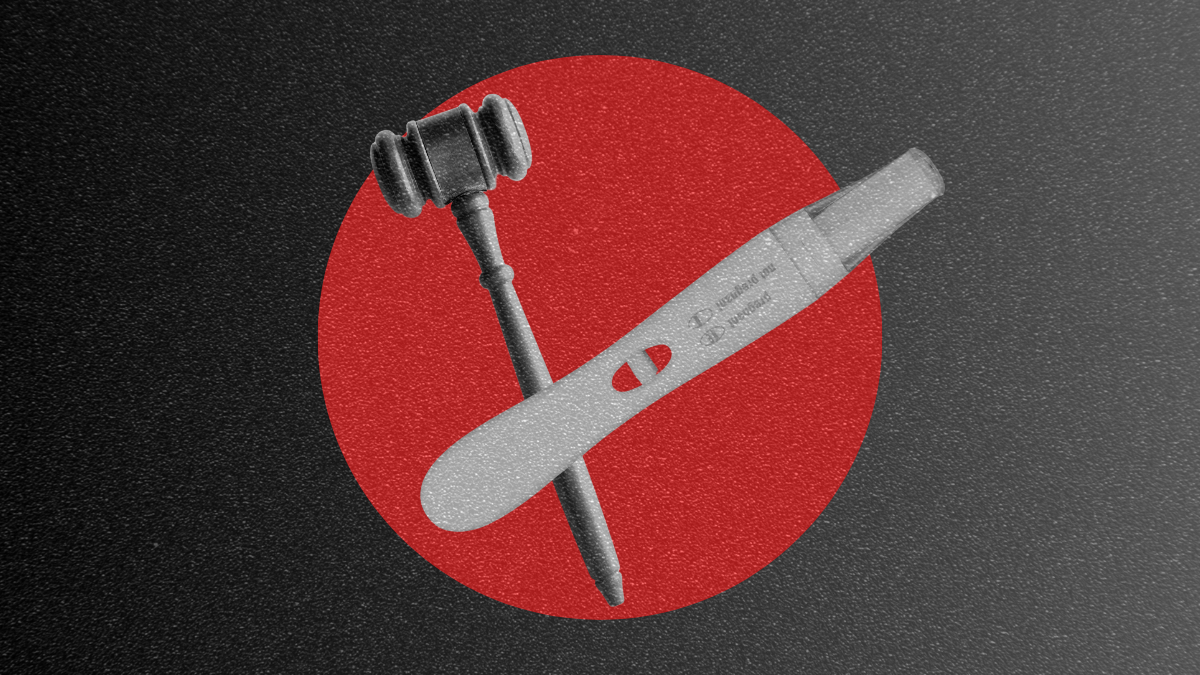Source: News & Observer
NCGOP’s extremist policies on abortion access are driving out hundreds of much-needed medical professionals from the state. Currently, more than 90% of counties are considered “primary care shortage areas”, and over a quarter of counties lack a single OB-GYN, according to The News & Observer.
The state’s new abortion restrictions will add onto the ever-increasing shortage, as primary care providers, rural obstetricians, and others are finding it difficult to continue their practice.
According to The News & Observer, obstetricians are a strained resource in North Carolina.
Twenty-one of 100 counties are considered “maternity care deserts,” due to the absence of birth centers, OB-GYN, certified midwives and having no hospitals providing obstetric care.
Seventeen more counties are considered “low access,” due to the limited services and a high percentage of uninsured women.
Losing a physician or the access to reproductive health care could mean life or death for rural North Carolinians.
“Even if statistically it’s like a rounding error, it’s not a rounding error for that woman who’s having an emergency at a hospital with no OB-GYN,” Dr. Alan Rosenbaum, an obstetrician-gynecologist, told The N&O.
An analysis from the Association of American Medical Colleges found that new doctors applying to medical residency programs were more likely to avoid practicing in states with the most stringent abortion restrictions.
Months prior to the passage of the abortion restriction, doctors and medical professionals across the state warned lawmakers about the impact of the life-threatening measure.
“I want you to understand that when we ban abortion at any point in time,” stated Dr. Alison Stuebe, a maternal-fetal medicine physician who specializes in high-risk pregnancies, at a press conference earlier this year. “We cause fear for clinicians and take us away from our fiduciary responsibility to do what is best for the patient in front of us.”
Read more at The News & Observer.





